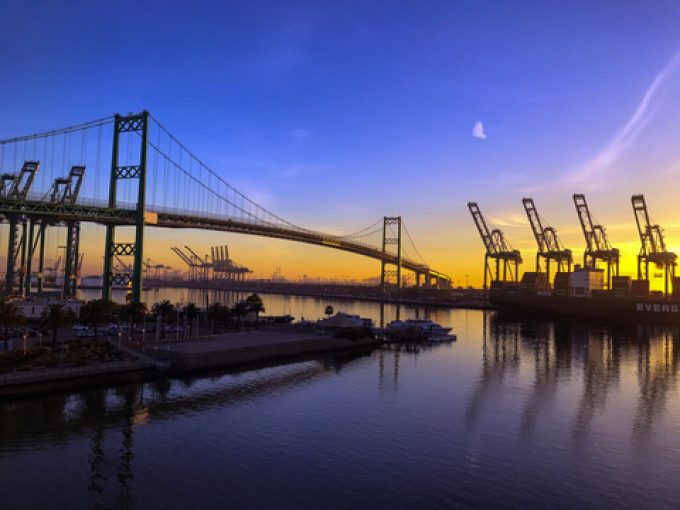Asia-Europe spot rates soften, while transpac prices harden as dock strike threatens
Transpacific container spot rates were in the ascendancy this week as industrial action storm clouds ...

Container imports through the US west coast San Pedro Bay ports of Los Angeles and Long Beach are booming – a trend that looks set to continue, with some peak season volumes from Asia expected to arrive earlier than usual this year.
Moreover, transpacific shippers are hedging their bets on the outcome of the US east coast new labour contract negotiations by increasing the percentage of import cargo they intend to move via west coast ports.
The port of Los Angeles processed ...
Volcanic disruption at Anchorage could hit transpacific airfreight operations
Macron calls for ‘suspension’ – CMA CGM's $20bn US investment in doubt
Forwarders stay cool as US 'liberation day' tariffs threaten 'global trade war'
De minimis exemption on shipments from China to the US will end in May
Shippers snap up airfreight capacity to US ahead of tariff deadline
Tighter EU import requirements proving 'a challenge' for forwarders
Looming Trump tariffs will create 'a bureaucratic monster' for Customs

Comment on this article